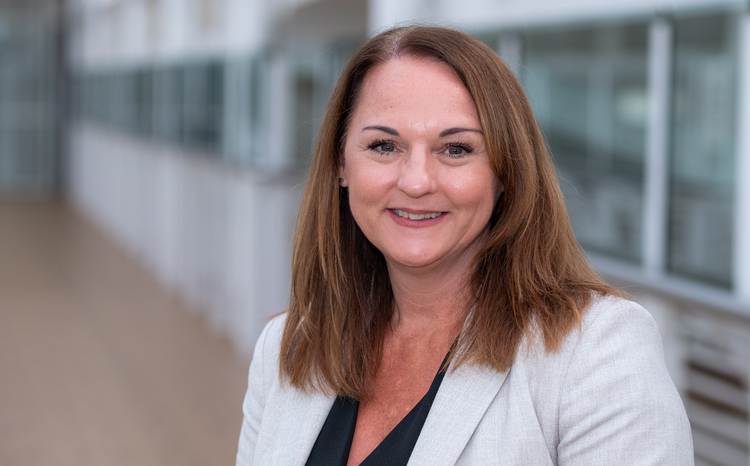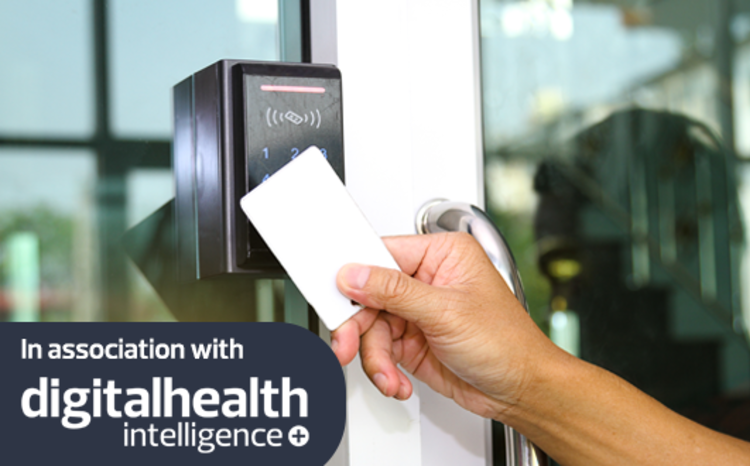TPP and Emis Health share data across SystmOne and Emis Web
- 9 May 2017

The two largest electronic patient record suppliers to GP practices in England are piloting how to directly link their respective clinical information systems.
Emis Health and TPP launched the London-based pilot on 2 May, which connects The Orchard Practice’s Emis Web system with Hillingdon Diabetes Service’s TPP SystmOne.
The data exchanged is initially limited, with GPs at the practice now being able to view community nursing data from the diabetes service. Clinical staff at Hillingdon Diabetes Service can now view patients’ GP records.
Dr Mohamed Adem, senior lead GP at Orchard, told Digital Health News that, with patients’ consent, their medical summary, problems, medication and allergies are now being shared.
“With the pressures facing NHS and budget constraints, we also feel that sharing information will reduce medicine waste during medication treatment regimes after diagnosis.”
Other benefits for Dr Adem included: making informative, accurate and timely decisions; effective communication with colleagues; and an ability to view problems relating to medication and regime change.
Veronica Green, diabetes team leader at Hillingdon Diabetes Service, said that the pilot “will greatly improve communication between the patients’ GPs and us which will improve care, save time and reduce the potential for errors”.
Dr John Parry, clinical director at TPP and Shaun O’Hanlon, chief medical officer at Emis Group, said in a joint statement that the trial was “momentous”.
“It means that even more patients across the country will benefit from clinicians securely accessing their shared record.”
Emis Health and TPP have the lion’s share of the English GP IT supplier market, between them their systems host the GP record for nearly nine out of ten patients in England.
Being able to share data across a geographical region has been pushed over the last year through the NHS England’s sustainability and transformation plans (STPs) and local digital roadmaps.
This is not the first time the competitive suppliers have created interoperability solutions between their systems.
In October 2015, the two companies worked with Central London Community Healthcare NHS Trust and NHS Waltham Forest Clinical Commissioning Group on two pilots that will allow users of Emis Web or TPP’s SystmOne to view data stored on the other system without the need for an external integration service.
This was after a pact was signed in March 2015 between the companies that was to enable direct interoperability between their clinical systems.
The first exchange of clinical information between TPP’s SystmOne and Emis Web was piloted in May 2013, and used the Medical Interoperability Gateway.





9 Comments
Is this being rigourously studied to see if it really does deliver benefits. I have seen many cases where shared records have led to poor communication and wasted time and remain ever conscious that the literature review done by the RCGP Health Informatics Group in 2009 found:
“We conclude that documented improvements due to implementation of SEPR systems in clinical performance are not impressive and unintended adverse consequences have been reported. When they do occur, the main health benefits of shared records are probably improvements in the quality and safety of care, in access to care or in cost effectiveness63. However, these anticipated improvements in efficiency, safety, equity and cost-effectiveness of care have not been realised in the few rigorous studies on a large scale anywhere in the world.”
Every Homeopath can give you testimonials, we really do need evidence to guide what we share and how we share it if we are not to make matters worse instead of better.
It is interesting that such an announcement that impacts so few people gets such prominence. At Evergreen Life we allow people to download their GP record and share it with whoever they wish. This is happening at over 4000 EMIS practices today, growing every week. In a couple of weeks people at TPP practices will be able to do the same, closely followed by INPS, meaning we give access to nearly 100 percent of the primary care market in England. People are sharing their record today to all people involved in their care, as they choose, but not limited to two care settings in London. This includes medications, results as well as notes made in consultations. I am very proud to be the Managing Director of this organisation and feel this is truly newsworthy.
Depressing that in 2017 it is news that this is just happening (and with only two suppliers)…
For how many more years will crappy organisational whimsies hold up what the 1992 strategy rightly called for, ie “information should be person-based”, “systems should be integrated” and “information should be shared across the NHS”?
Why haven’t the national Public Health authorities long called foul on this blatant impediment to care and waste of resources – let alone clever lawyers held the SoS to account?
I am not a great fan of allowing vendors to directly link their systems. Firstly it might be proprietary. Second we can’t see what is going on. Thirdly there might be benefit in the NHS having access to these messages. Any project like this should be under the control of the NHS as client, rather than supplier, and should really, nowadays, be within what INTEROPen would regard as good practice. Has that been achieved in this case?
@ TPP
… and if the patient does *not* consent to their data being shared *nationally*, when will there be a way for their local EMIS using organisations in the cluster to be able to see the patient’s GP data?
This is what our practices are using for when they are considering GP Forward View and new ways of working. Why is there is no granularity offered to citizens?
Provided that the patient has consented to share their data, the interoperability between SystmOne and EMIS Web allows the full Electronic Health Record (EHR) to be shared between the pilot organisations and is not limited to SCR-level data. This includes the datasets you have outlined if this information has been recorded in the EHR.
Mike – you have to start somewhere. Jumping straight to complexity means you don’t learn any lessons from an iterative approach. I think the bigger story is just how long it’s taken these two to sort it out. I really their heart is in it… and from what I hear, one of them just isn’t into opening up their Kimono.
“…medical summary, problems, medication and allergies are now being shared….”
What about values and essential diabetes care processes? Surely there are valid datasets to share (e.g. HbA1c, BPs, lipids, UACR, coded foot checks, retinopathy coded data etc etc). The bare bones SCR-level share stated in this pilot sounds very limited and misses the opportunity for real enhancement of care unless a richer dataset is shared.
Okay tentative first steps
This all sounds a bit alpha.
Odd not to have richness ,maybe with exclusion of sensitive data?
Assuming the IG and dsa has
Is there a project time line time
Comments are closed.